But if you break it...
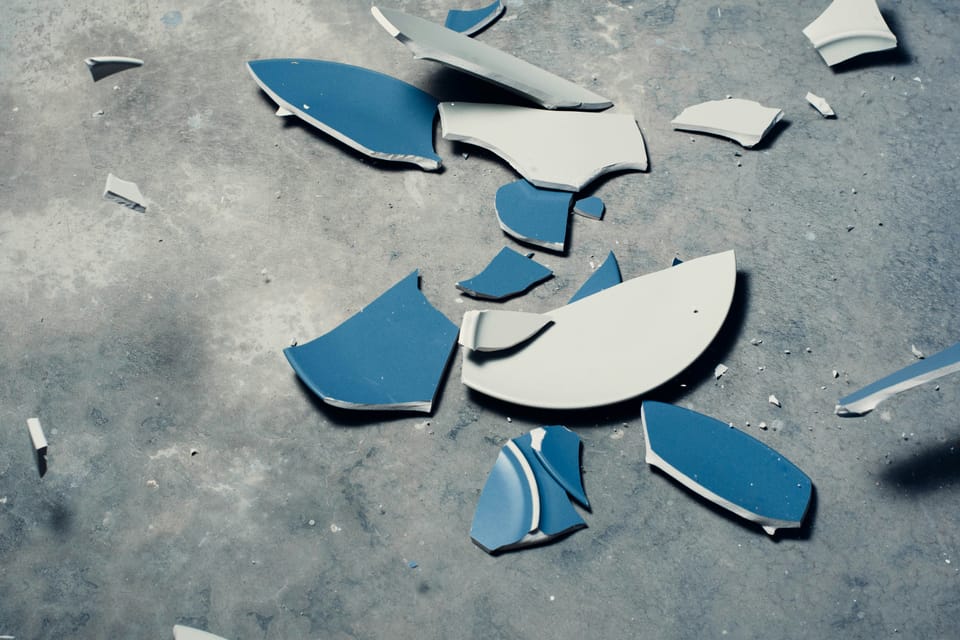
The weekly micro-decorating newsletter * Issue 5 of 13, SS24 *
Subscribe free *
Breakage happens. When I was a kid, though, the stakes were a lot higher. I remember summer vacations when we'd go into souvenir shops and I'd be mesmerized by trinkets – pottery mugs, glass figurines, tiny birchbark canoes, all sorts of precious objects begging for my touch.
The moment I'd reach out my hand, I'd notice a little sign on the shelf:
Wonderful to hold
But if you break it
Consider it sold.
The progress from looking to holding to breaking to getting in big trouble was presented as almost inevitable. Should I take the risk?
As an adult with my own income, I'm far more daring with my browsing. I know that I can confidently pick up a vase or a bowl and shoulder the responsibility of what might happen next. Shopkeepers no longer sidle up to me and ask: "Are your fingers sticky?"
The thing is, breakage is a permanent threat, even once you've bought the item. Earlier this year, I managed to destroy a ceramic lamp that I'd cherished for years. It was a Space-Age Modern piece from Zig Zag that I put on hold after being wowed by its photo online:
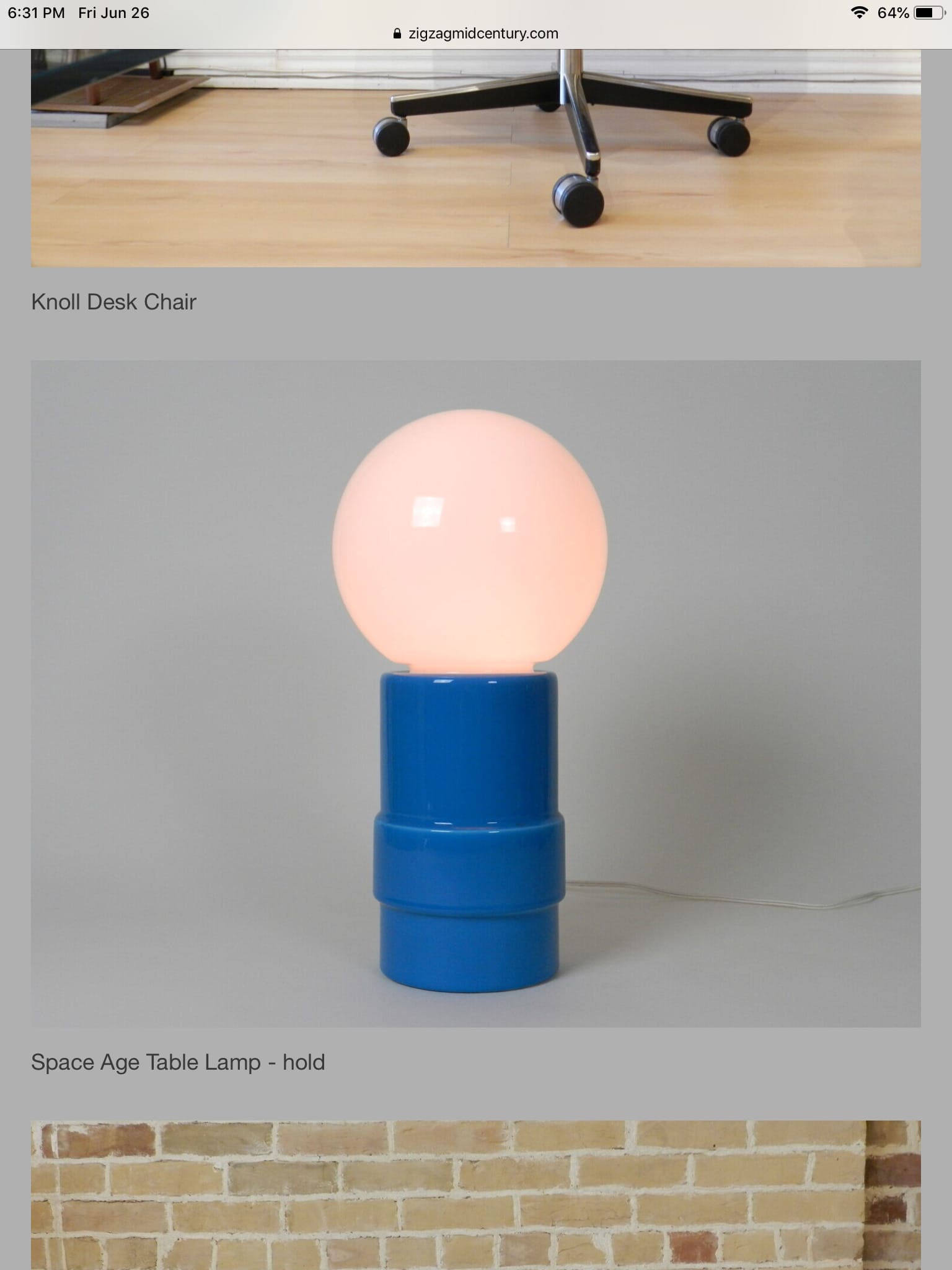
It quickly became a fixture on a transparent acrylic side table in my home office:
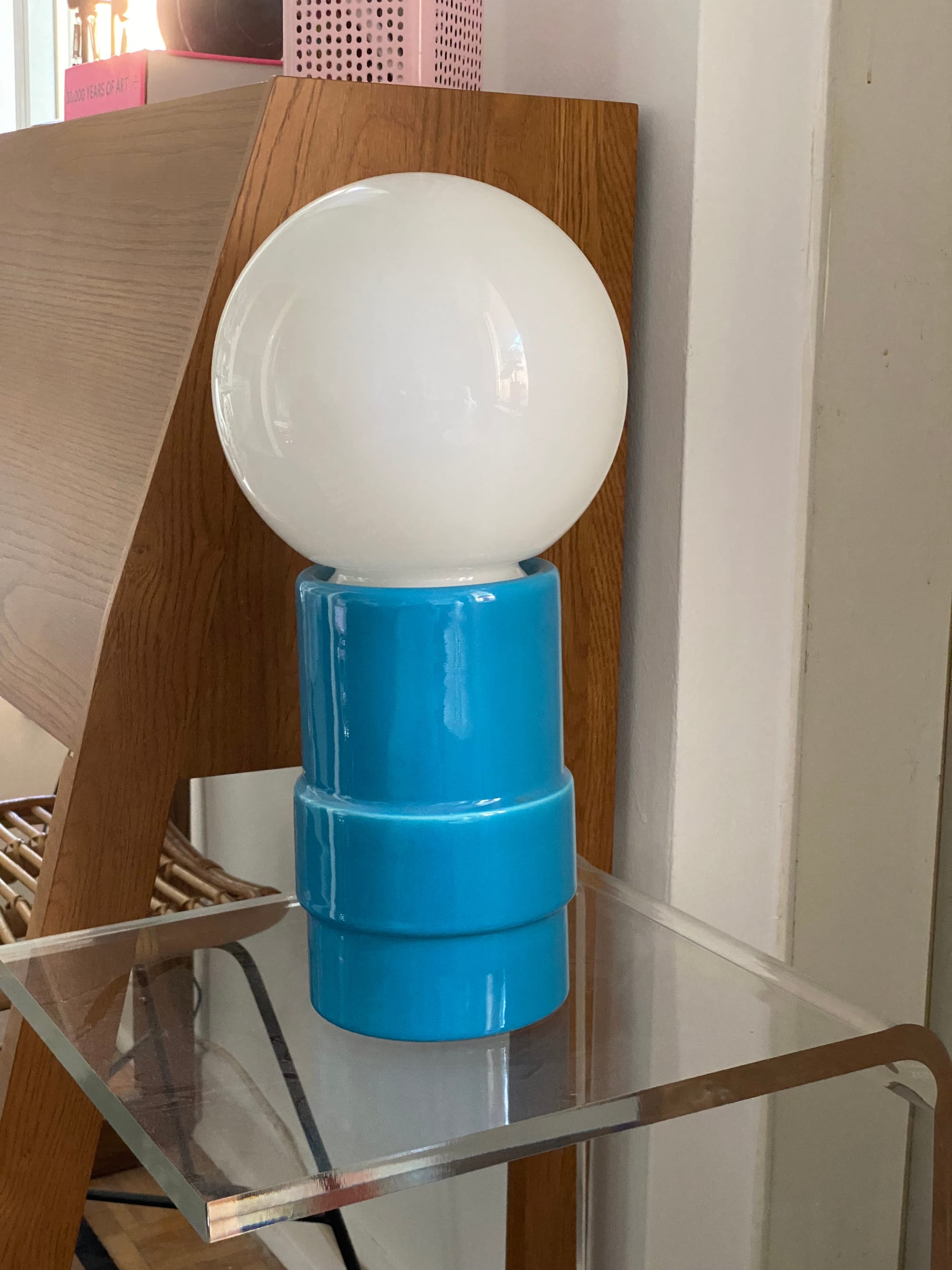
Once I painted the door to the balcony a glossy "Big Country Blue," it looked even better:
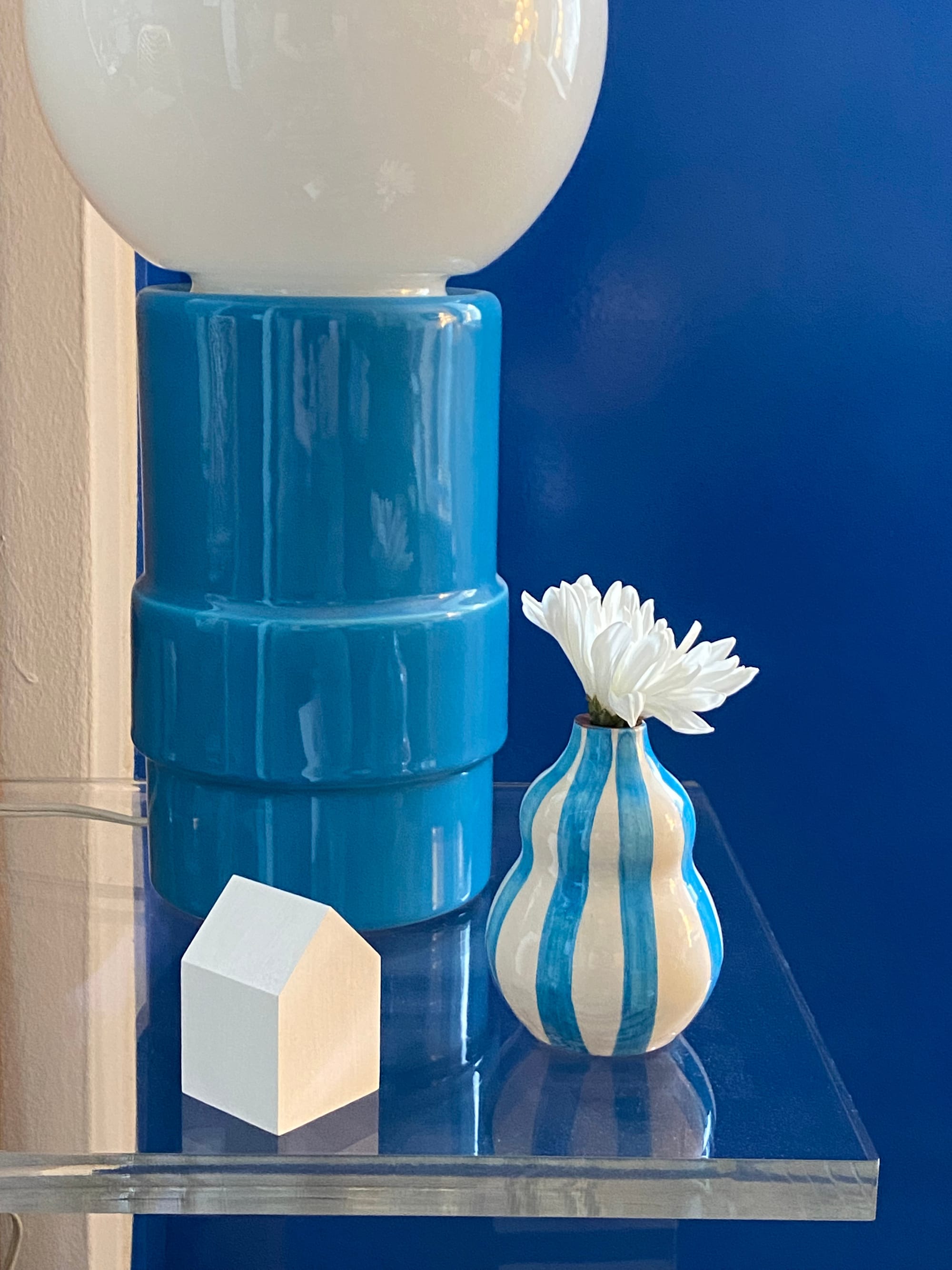
Sure enough, a few months back I was carrying something onto the balcony and heard a sickening crash. I instantly knew that I'd knocked the lamp to the floor with irreversible consequences.
How to get over it
What surprised me most was it only took me about ten minutes to feel better again. How was that possible? If I break down my reaction, it turns into three small lessons:
Dispose of the evidence
I quickly swept up the fragments, packaged them, and left them in a waste disposal dumpster in our parking lot. A less mature me would have lingered over the broken pieces, wondering if I could glue them all back together again in a kintsugi-style recreation. In this case, I knew the situation was hopeless. Moving on briskly was the right thing to do.
Acknowledge what was
It probably helped that I knew I had photographs of the piece. Even without them, however, it would be impossible to deny that I'd given the lamp the appreciation it deserved. All beautiful things are transient. We savour them in imperfect conditions, as long as we can. It feels edifying to be reminded of this fact every now and then.
Focus on the future
Part of me may have been secretly thrilled at the sudden pruning of my collection. When living in a small space, it can occasionally seem that you're done, that the set of artifacts keeping you company is almost complete. Then disaster strikes. There's an opening, an invitation. What will fill the newly created space? Thinking about that imminent find is a healthy way out of dwelling on the past.
Have you ever wrecked a treasured object? Share your story in the Comments section below, including any recovery tips you may have.
From the archives
Don't wait for breakage to make room in your collection. Learn how to purge and make it a regular practice. If you're finding it tough, check out more tips on letting go. And if reading material is getting to be too much, you may want to brush up on how to let go of books.
Thank you for reading.



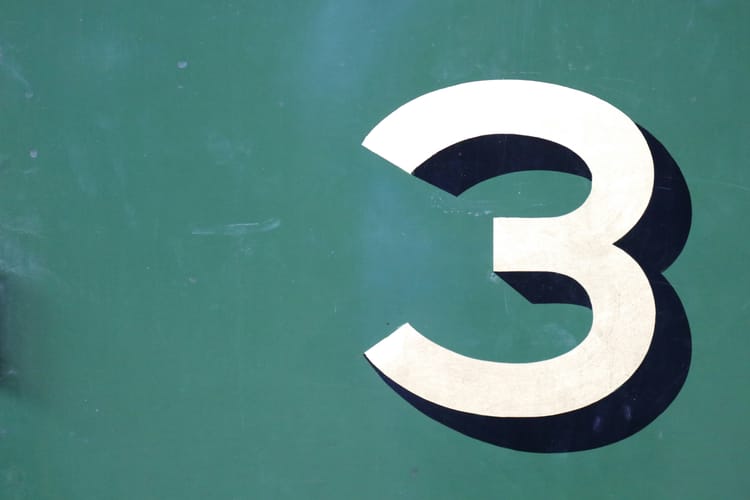

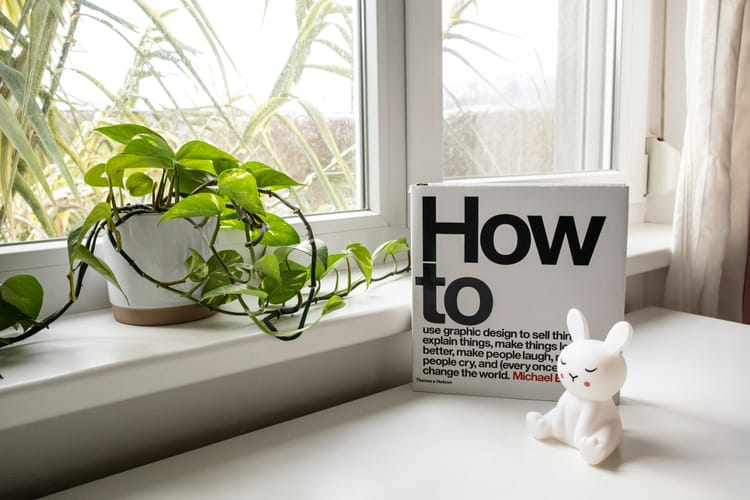

Member discussion